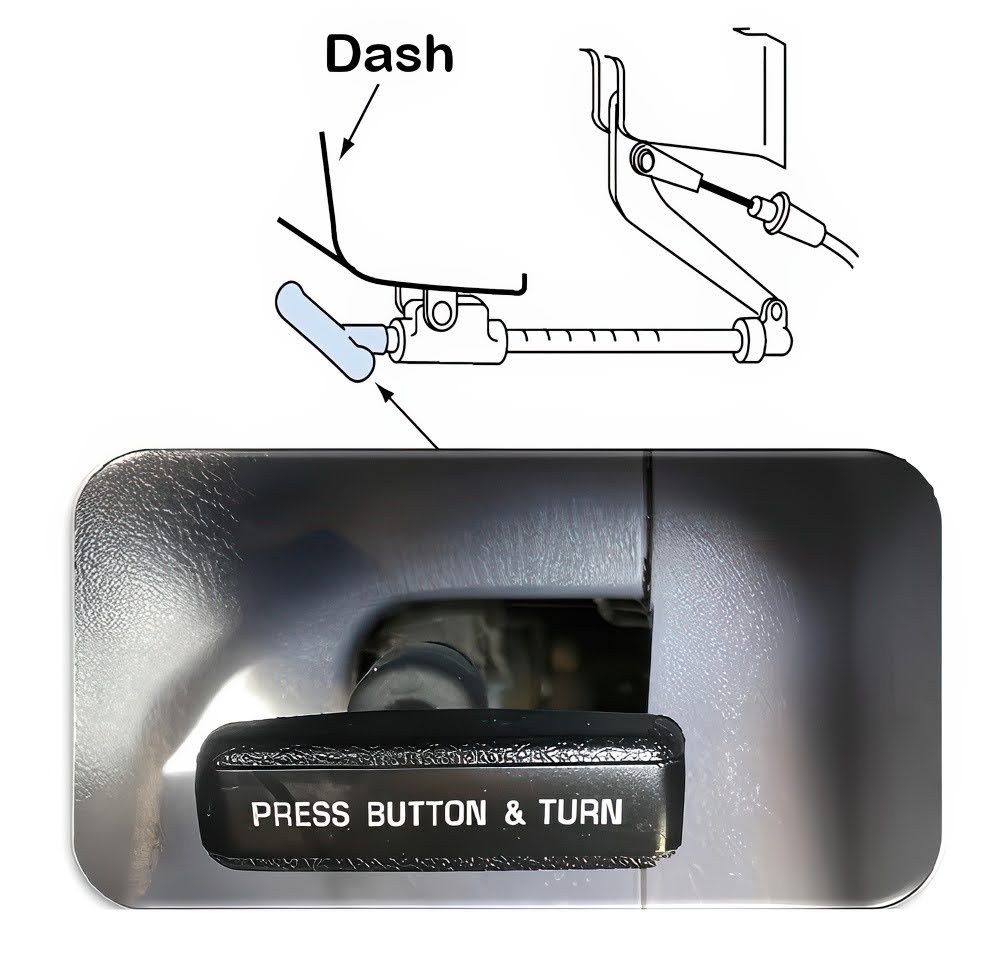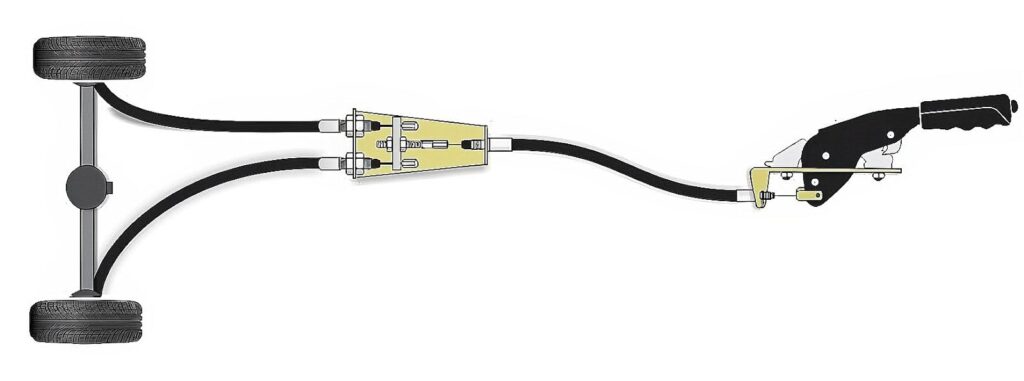The handbrake is the park brake but is operated by hand rather than with your foot.
More often than not, the handbrake of a vehicle can be found in the center console of the vehicle, positioned between the driver and front passenger seats, but on some platforms it will be a T-handle you pull on the lower part of the dash.

The handbrake will always be within arm’s reach of the driver so it can be reached with the hand; that’s why it’s called the “handbrake.”
This part is responsible for keeping a vehicle stationary when parked. Some people like to call it the “E-brake” or “emergency brake” wand. While it may help in emergencies, it’s not designed to stop the car – only to keep it from rolling when the car is parked.

Tips for Accessing the Handbrake Cable
Accessing the handbrake itself may sound like it would be a simple and straightforward process since it can be accessed from the driver’s seat, but in most cases, it can be challenging to access inside the vehicle. Underneath the vehicle, it’s usually easier and there will typically be an adjustment.
There may be a time when you’ll need to replace the cable that transmits force from the handbrake lever to the brake mechanism due to rust from road salt. Keep these handy tips in mind if you plan on accessing the handbrake cable:
- Since you’ll need to crawl underneath the car to access the park brake cables, it’s recommended to use jack stands on smooth concrete and a creeper.
- The rear wheels may need to be removed to access the handbrake cable if you’re replacing it because it is connected to the brake assemblies on the rear.
- Depending on your vehicle, prepare to remove the center console to access the handbrake cable.
- Alternatively, you may hire a professional if you don’t have the necessary tools or expertise to access this component safely.
Any information provided on this Website is for informational purposes only and is not intended to replace consultation with a professional mechanic. The accuracy and timeliness of the information may change from the time of publication.
































